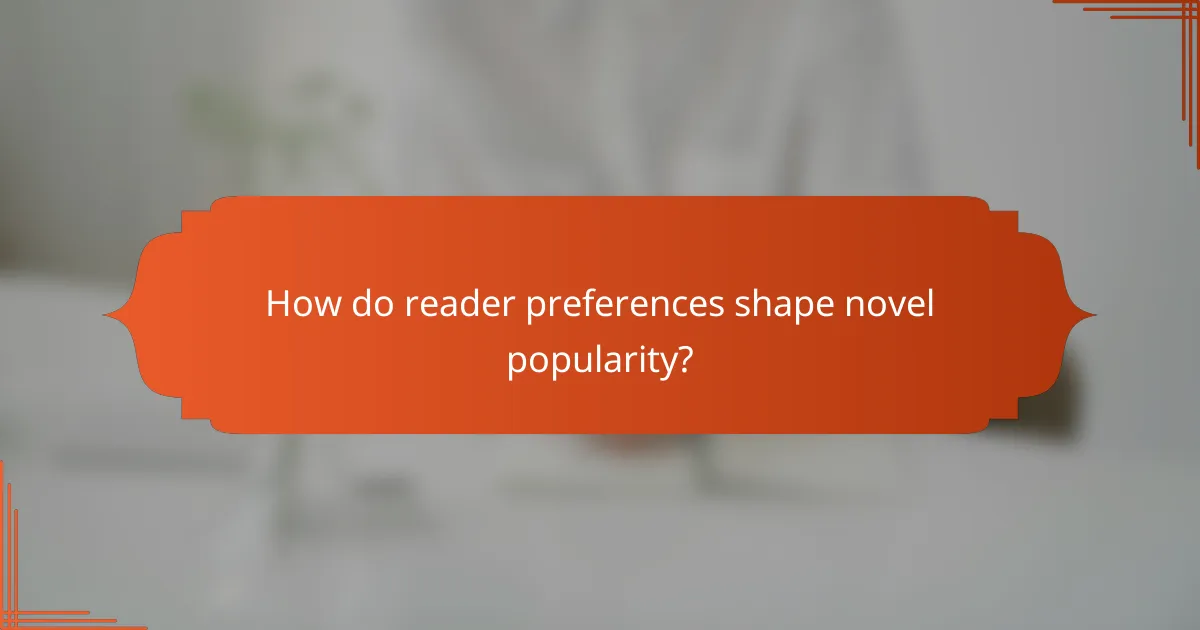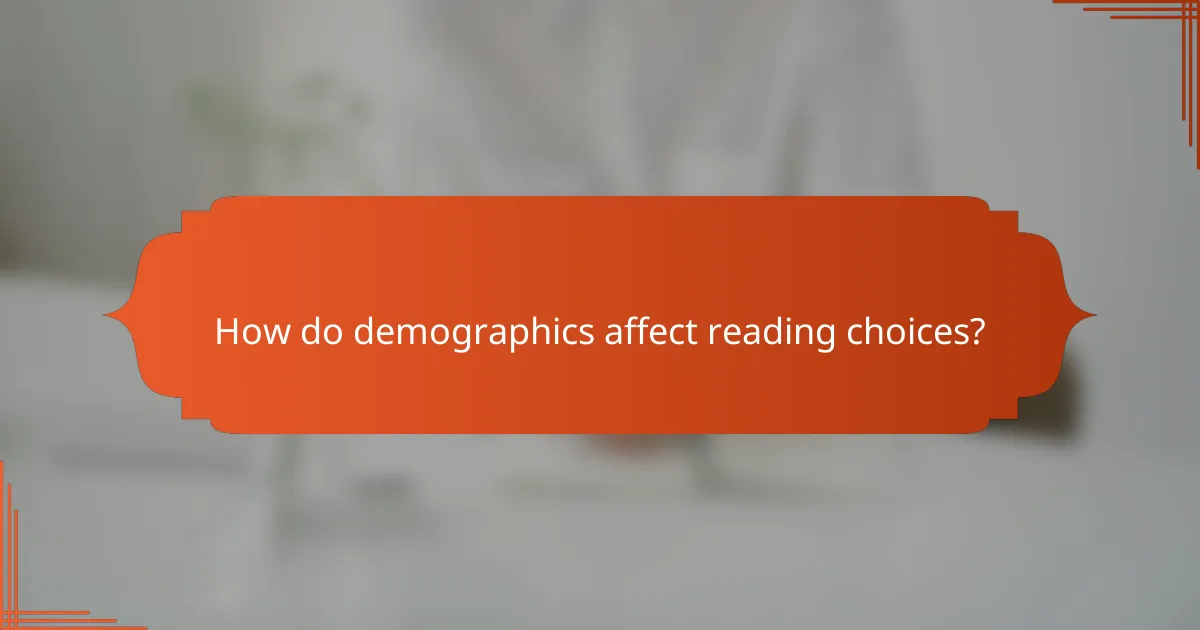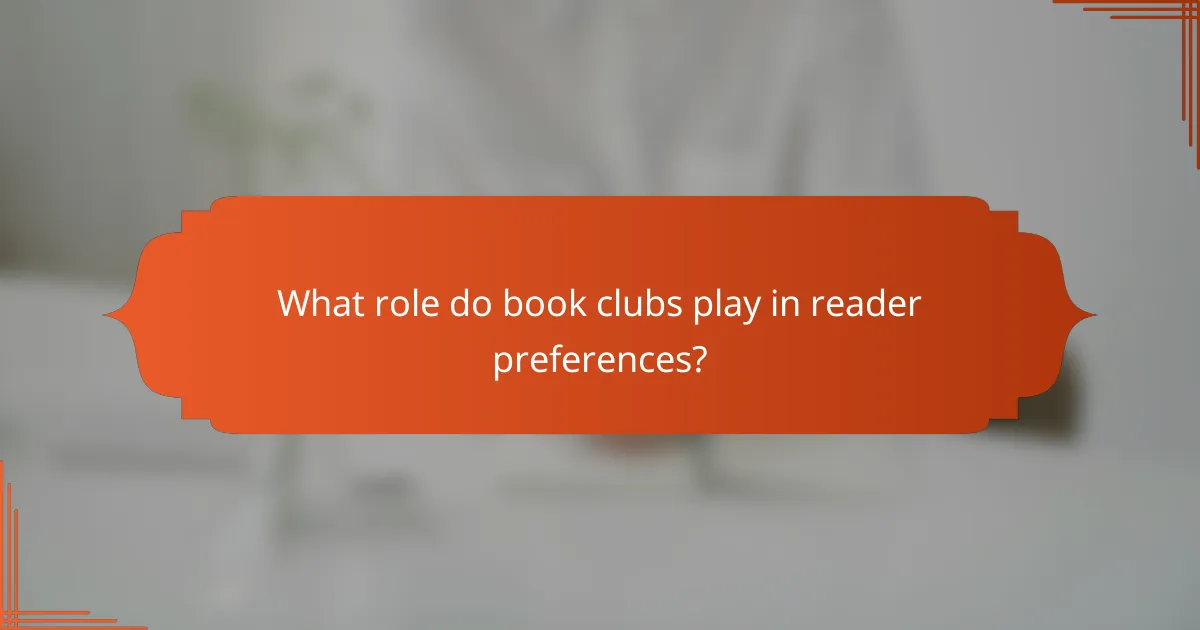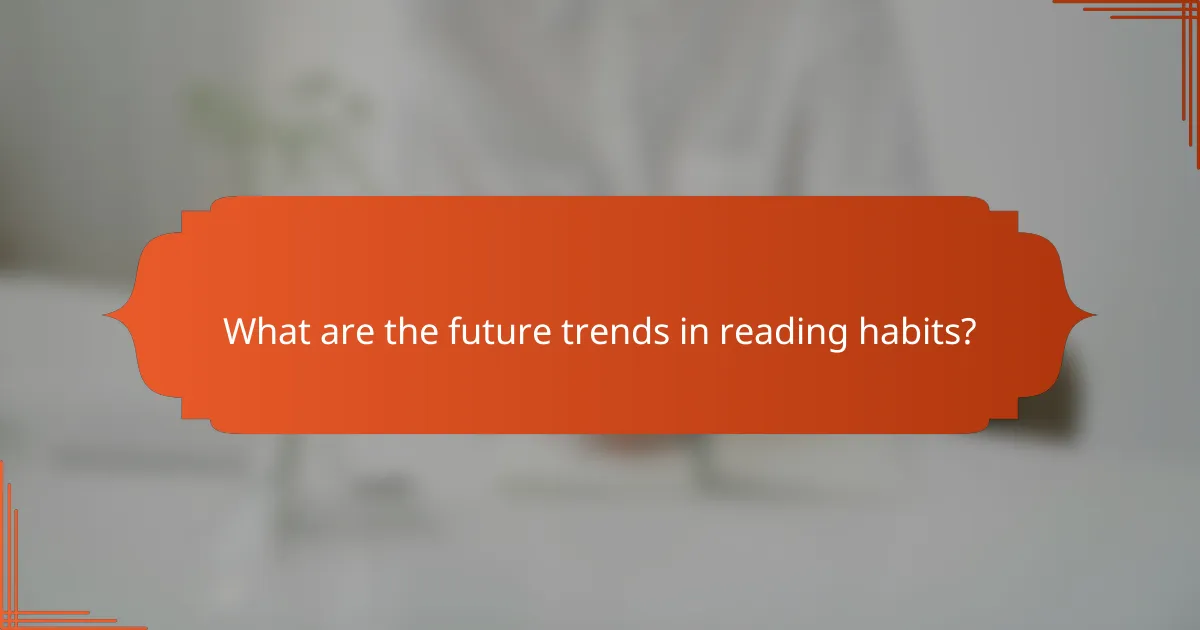The literary landscape of 2025 is shaped by a rich tapestry of reader preferences, highlighting a blend of established authors and emerging voices. As readers increasingly gravitate towards genre-blending narratives that address contemporary themes, novels in young adult literature, fantasy, and science fiction are particularly resonating with audiences. This evolution in reader interests underscores the importance of representation and relatable storytelling in driving popularity and sales.

What are the most popular novels of 2025?
The most popular novels of 2025 reflect diverse reader preferences, showcasing a mix of established authors and new voices. Trends indicate a growing interest in genre-blending stories that resonate with contemporary themes and issues.
Top-selling titles
In 2025, top-selling novels include a variety of genres, with many titles achieving significant commercial success. Notable bestsellers often feature strong character development and compelling narratives that engage readers deeply.
Examples of top-selling titles include “The Last Echo” by a well-known author, which combines elements of mystery and romance, and “Shadows of Tomorrow” by an emerging writer, which has captivated audiences with its unique take on dystopian themes.
Emerging authors
Emerging authors are making a significant impact in 2025, often bringing fresh perspectives and innovative storytelling techniques. Many of these writers leverage social media platforms to connect with readers and build their audiences.
Notable new voices include writers like Mia Chen, whose debut novel “Whispers of the Past” has garnered critical acclaim, and Alex Rivera, whose work in speculative fiction is gaining traction among younger readers.
Genre trends
Genre trends in 2025 show a notable rise in hybrid genres, blending elements of fantasy, science fiction, and literary fiction. Readers are increasingly drawn to stories that challenge traditional genre boundaries and explore complex themes.
Additionally, there is a growing interest in eco-fiction and narratives that address climate change, reflecting societal concerns. This trend is evident in works like “Green Horizons,” which combines adventure with environmental themes, appealing to a socially conscious audience.

How do reader preferences shape novel popularity?
Reader preferences significantly influence which novels gain popularity, as they reflect the interests and values of the audience. Factors such as genre, themes, and representation play crucial roles in determining what resonates with readers and drives sales.
Influence of social media
Social media platforms have transformed how readers discover and engage with novels. Book-related content, such as reviews, recommendations, and author interactions, can quickly go viral, leading to increased visibility and sales for certain titles.
For example, platforms like Instagram and TikTok have popularized the “BookTok” trend, where users share their favorite reads, often resulting in a surge of interest in specific books. This can create a feedback loop where reader preferences are shaped by what is trending online.
Impact of book reviews
Book reviews play a critical role in shaping reader preferences and, consequently, novel popularity. Positive reviews from reputable sources or influential readers can elevate a book’s status, while negative critiques may deter potential readers.
Many readers rely on platforms like Goodreads or Amazon to gauge a book’s quality before purchasing. A book with a high average rating and numerous positive reviews is more likely to attract attention, making it essential for authors and publishers to engage with reviewers effectively.

What genres are trending in 2025?
In 2025, genres such as young adult literature, fantasy, and science fiction are gaining significant popularity among readers. These genres reflect current societal themes and engage audiences with imaginative storytelling and relatable characters.
Fiction vs. non-fiction
Fiction continues to dominate the literary landscape, with readers drawn to immersive narratives and character-driven plots. However, non-fiction is also thriving, especially in areas like self-help, memoirs, and true crime, which resonate with readers seeking authenticity and real-life experiences.
When choosing between fiction and non-fiction, consider your reading goals. If you seek escapism and creativity, fiction is ideal. For knowledge and insight, non-fiction provides valuable perspectives and information.
Young adult literature
Young adult literature remains a powerful genre in 2025, appealing to both teens and adults. This genre often tackles themes of identity, mental health, and social issues, making it relevant and relatable.
Popular titles often feature diverse characters and inclusive narratives, reflecting the varied experiences of today’s youth. Readers appreciate stories that offer both entertainment and meaningful discussions about contemporary challenges.
Fantasy and science fiction
Fantasy and science fiction are flourishing, with readers captivated by worlds filled with magic, advanced technology, and complex societies. These genres allow for exploration of philosophical questions and social commentary through imaginative settings.
Key trends include a rise in diverse voices and narratives that challenge traditional tropes. Readers are drawn to series that offer expansive world-building and intricate plots, often spanning multiple books to fully develop the story.

How do demographics affect reading choices?
Demographics significantly influence reading choices, shaping preferences based on factors like age, location, and cultural background. Understanding these influences can help authors and publishers tailor their offerings to meet the needs of different reader segments.
Age group preferences
Different age groups exhibit distinct reading preferences, often influenced by their life experiences and interests. For instance, younger readers, particularly those in their teens and twenties, tend to gravitate towards genres like fantasy and young adult fiction, while older adults may prefer historical novels or literary fiction.
Additionally, reading formats vary by age; younger audiences often favor digital formats, while older generations may still prefer print books. This shift in format preference can affect how books are marketed and distributed.
Regional reading habits
Regional factors play a crucial role in shaping reading habits, with cultural influences and local trends dictating popular genres. For example, readers in urban areas may lean towards contemporary fiction and non-fiction, while rural readers might prefer genres that reflect their lifestyle, such as rural romance or adventure.
Moreover, language and accessibility can impact regional reading choices. In multilingual regions, readers may choose books in their native language or in a language they are learning, affecting the overall popularity of certain titles. Understanding these regional nuances can enhance targeted marketing strategies for publishers.

What are the key factors influencing book sales?
Key factors influencing book sales include effective marketing strategies, strong author branding, and reader engagement. These elements work together to attract potential buyers and encourage them to make a purchase.
Marketing strategies
Effective marketing strategies are crucial for boosting book sales. This can involve a mix of online advertising, social media promotions, and email marketing campaigns that target specific reader demographics. Utilizing platforms like Facebook and Instagram can help authors reach wider audiences.
Consider using promotional tactics such as limited-time discounts or giveaways to create urgency. Engaging with book bloggers and influencers can also amplify visibility and drive interest. Tracking the performance of these strategies allows for adjustments and improvements over time.
Author branding
Author branding plays a significant role in influencing book sales. A strong personal brand helps establish credibility and fosters a loyal reader base. Authors should focus on creating a consistent image through their writing style, social media presence, and public engagements.
Building an online presence through a professional website and active social media accounts can enhance visibility. Authors should share insights into their writing process, connect with readers, and participate in relevant discussions. This engagement not only promotes their current works but also sets the stage for future releases.

How do e-commerce platforms impact book discovery?
E-commerce platforms significantly enhance book discovery by leveraging algorithms and user-generated content to recommend titles. These platforms, particularly Amazon, utilize data-driven strategies to connect readers with books that align with their interests and preferences.
Amazon’s algorithm
Amazon’s algorithm plays a crucial role in book discovery by analyzing user behavior, purchase history, and ratings to suggest relevant titles. This system often prioritizes books with higher sales and positive reviews, making them more visible to potential readers.
Authors and publishers can optimize their visibility by encouraging reviews and maintaining competitive pricing. Engaging in promotional activities, such as discounts or limited-time offers, can also help increase a book’s ranking within Amazon’s search results.
BookTok influence
BookTok, the book-related community on TikTok, has rapidly transformed how readers discover new titles. Viral trends and recommendations from influencers can lead to significant spikes in book sales, often within days of a video going live.
Authors should consider leveraging BookTok by engaging with the community, creating relatable content, and encouraging readers to share their experiences. Collaborating with popular BookTok creators can amplify visibility and attract a broader audience.

What role do book clubs play in reader preferences?
Book clubs significantly influence reader preferences by fostering a sense of community and providing a platform for discussion. They encourage members to explore diverse genres and authors, often leading to a broader understanding of literature.
Community engagement
Book clubs create a space for social interaction, allowing readers to connect over shared interests. This engagement often leads to increased motivation to read, as members feel accountable to one another for completing books.
Participation in book clubs can vary widely, with some groups meeting weekly while others gather monthly. Local libraries and community centers frequently host these clubs, making them accessible to a broad audience.
Recommendations and discussions
Members of book clubs often share recommendations, which can significantly shape individual reading choices. Discussions about themes, characters, and writing styles provide deeper insights that enhance the reading experience.
These conversations can introduce readers to titles they might not have chosen independently, expanding their literary horizons. For example, a club focused on contemporary fiction might encourage members to explore lesser-known authors alongside popular bestsellers.

What are the future trends in reading habits?
Future trends in reading habits indicate a shift towards digital formats, personalized content, and interactive storytelling. Readers are increasingly seeking convenience and engagement, leading to a rise in audiobooks, e-books, and immersive reading experiences.
Increased Preference for Digital Formats
As technology advances, more readers are gravitating towards digital formats like e-books and audiobooks. This trend is driven by the convenience of accessing a vast library on portable devices, allowing readers to enjoy books anytime and anywhere.
Digital formats often come with features such as adjustable font sizes, built-in dictionaries, and the ability to highlight text, enhancing the reading experience. Readers can also easily switch between formats, such as listening to an audiobook during commutes and reading an e-book at home.
Personalization and Curated Content
Personalization is becoming a key factor in how readers choose their books. Algorithms on platforms like Amazon and Goodreads suggest titles based on past reading habits, making it easier for readers to discover new authors and genres that align with their interests.
Curated content, such as themed reading lists or recommendations from influencers, is gaining popularity. This approach helps readers navigate the overwhelming number of available titles and find books that resonate with their preferences.
Interactive and Multimedia Storytelling
Interactive storytelling is emerging as a popular trend, particularly among younger audiences. This format incorporates elements like animations, sound effects, and reader choices that influence the narrative, creating a more engaging experience.
Examples include apps that allow readers to make decisions for characters or stories that unfold differently based on user interaction. This trend reflects a broader desire for immersive experiences that blend traditional reading with modern technology.
